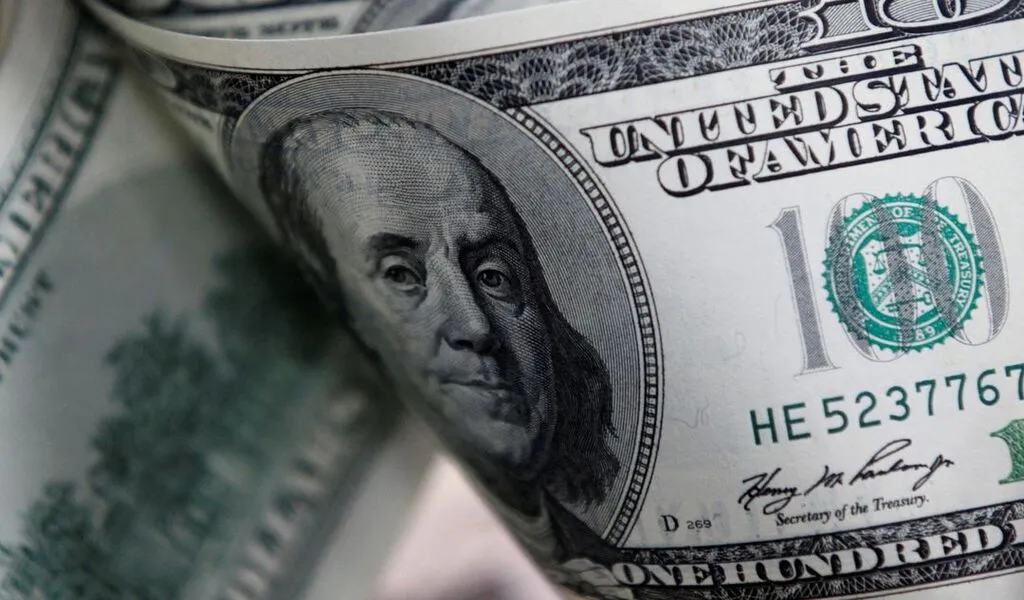(CTN News) – With officials at the European Central Bank and the Bank of England stating that inflationary pressures in their respective economies have become more controllable, the euro and pound fell versus the dollar on Friday.
In other markets, the dollar generally rose due to the decrease in its Atlantic rivals, restoring the week’s losses.
The pound dropped 1.2% in the previous session, its worst daily loss in a month, before dropping another 0.15% to a more than two-week low of $1.2206 in early Asian trading.
The euro fell by 0.7% on Thursday, falling farther from its 10-month high of $1.1034. It last traded 0.16% down at $1.0893.
As anticipated, the ECB and the BoE increased interest rates by 50 basis points on Thursday, with the latter indicating that the struggle against rising inflation was beginning to win ground.
President Christine Lagarde recognized that the prognosis for GDP and inflation in the eurozone had grown less concerning, even if the ECB hinted at least one more rate rise of the same scale for next month.
According to Carol Kong, a currency strategist at the Commonwealth Bank of Australia, “The ECB was a little bit more dovish than markets had previously anticipated… (while) the Bank of England has provided a slight suggestion that they could be close to concluding their tightening cycle” (CBA).
The ECB and the BoE made their statements the day after Jerome Powell, the chairman of the Federal Reserve, said at a press conference after the Fed’s 25 basis point rate rise that the “disinflationary” process in the US looked to be underway.
After a sharp decline after Powell’s speech, the dollar rebounded on Friday. Against a basket of currencies, the U.S. dollar index increased by 0.03% to 101.82, moving away from Wednesday’s nine-month low of 100.80.
The Fed’s efforts to battle inflation will be tested again on Friday with the release of the nonfarm payroll data.
The number of Americans submitting new applications for unemployment benefits fell to a nine-month low last week, another evidence of a tight labor market.
The Australian dollar dropped 0.11% to $0.7068 after losing 0.86% on Thursday, while the kiwi hardly moved at $0.6475.
Markets are interpreting officials’ remarks during several central bank meetings this week as evidence that interest rates may be approaching a high in most major nations.
According to CBA’s Kong, the main central banks are unquestionably nearing the conclusion of their tightening cycles. “We’re beginning to see central banks converging to a pattern now.”
Last year, the Japanese yen collapsed under pressure from growing interest rate differentials versus Japan’s low-interest rate environment, which has received some reprieve from an impending peak in U.S. rates.
The yen was recently slightly higher against the dollar at 128.66 and was on pace for a weekly gain of about 1%, reversing a two-week fall.
Related CTN News:
Pakistan’s Economy had its Worst-Performing Year
Thai Economy Could Hit its 2023 Growth Goal if Chinese Tourists Come






